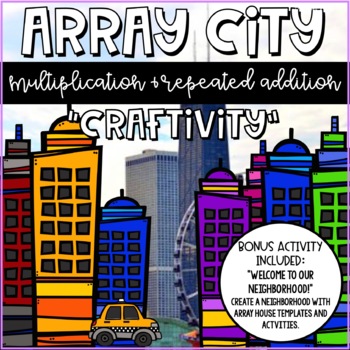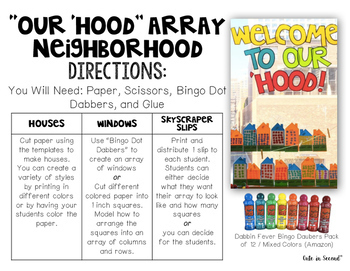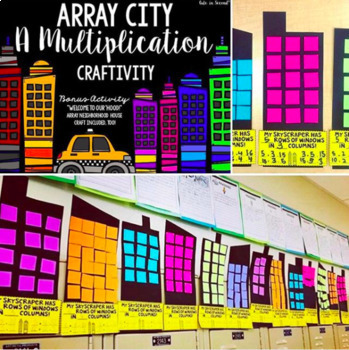Array City Multiplication and Division Activities
- Zip
What educators are saying
Description
Array City:
This activity is a fun way to introduce, reinforce, and to practice multiplication and division! Children will each make an array of windows on a skyscraper and write the two multiplication and two division problems that relate to their array onto a label. Also included are repeated addition arrays!
Scaffolding and Differentiation Options:
-Repeated Addition Practice
-Multiplication & Division Practice
-and Create Your Own Arrays!
Bonus Activity:
A second craft, "Welcome to Our Neighborhood," uses the same concept (making an array of windows) as "Array City," but instead of skyscrapers, your class will create a neighborhood of houses- its equally adorable! You can use bingo dot dabbers or crayons/ markers for either activity.
Exit Slips, directions, building and house templates, letters for bulletin board displays, and planning sheets are included!
*Digital Versions for Repeated Addition and Multiplication & Division are now included.
Check out my Instagram @cuteinsecond for additional pictures of my products and how I display their work!





